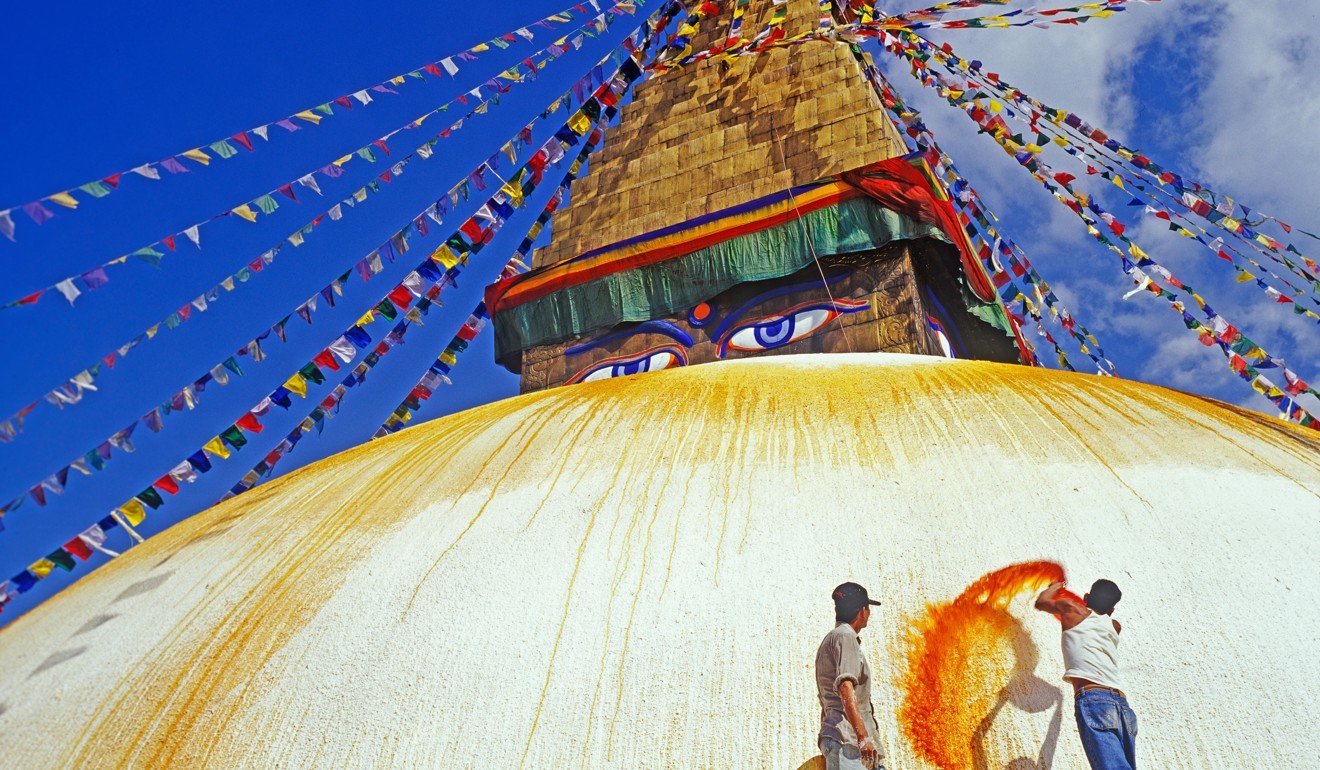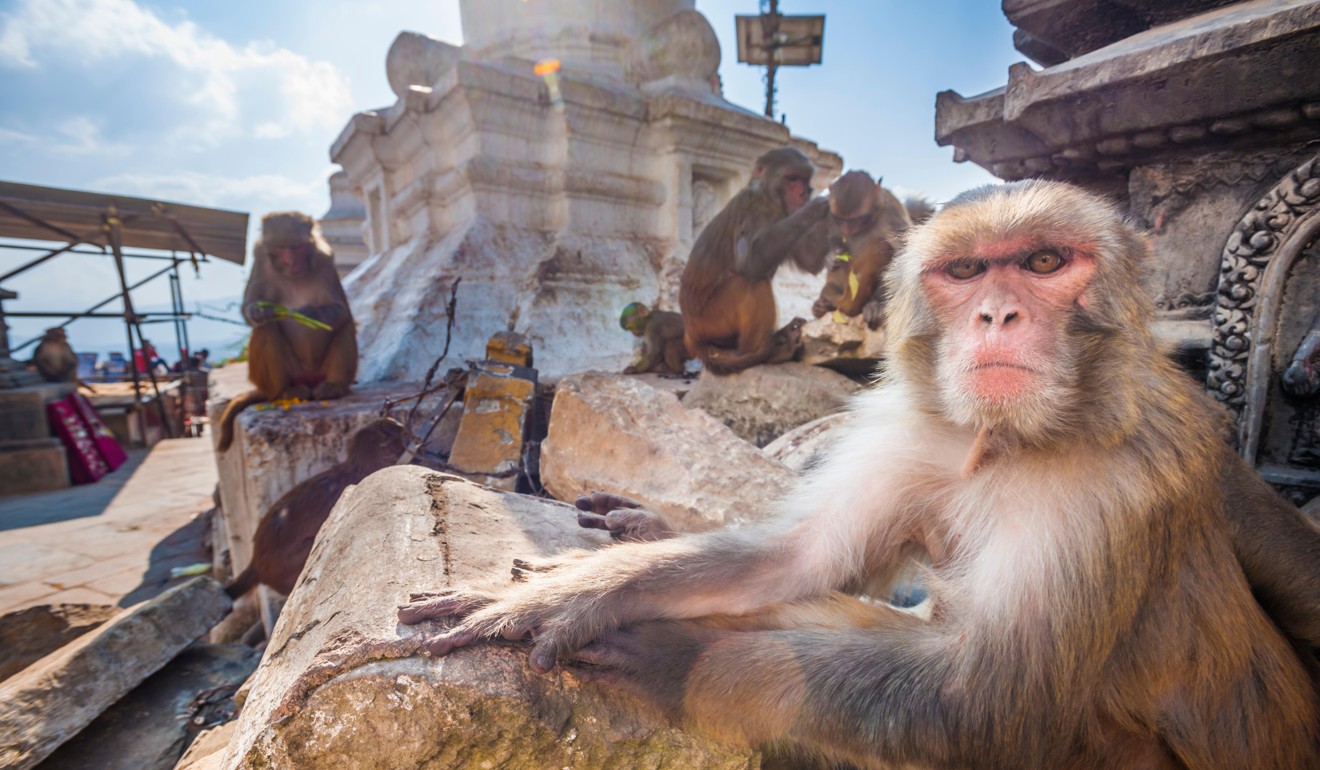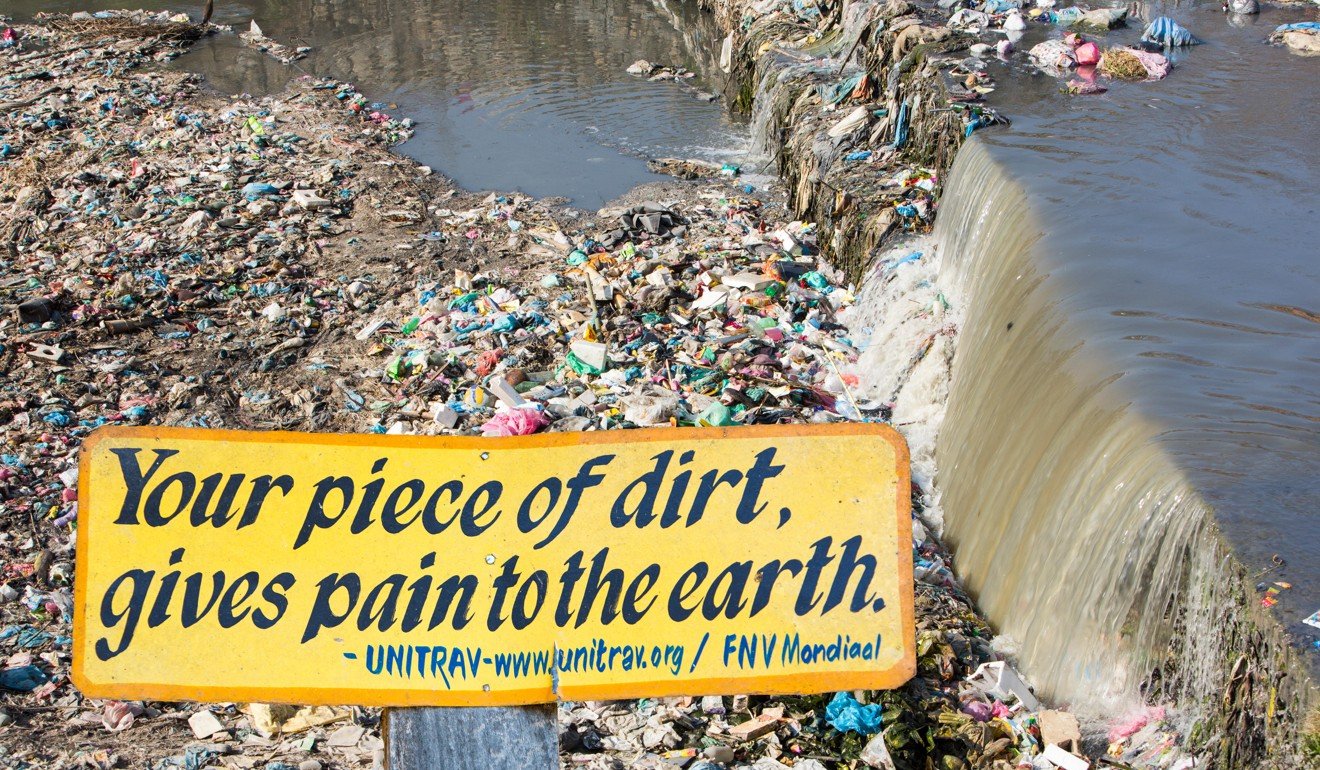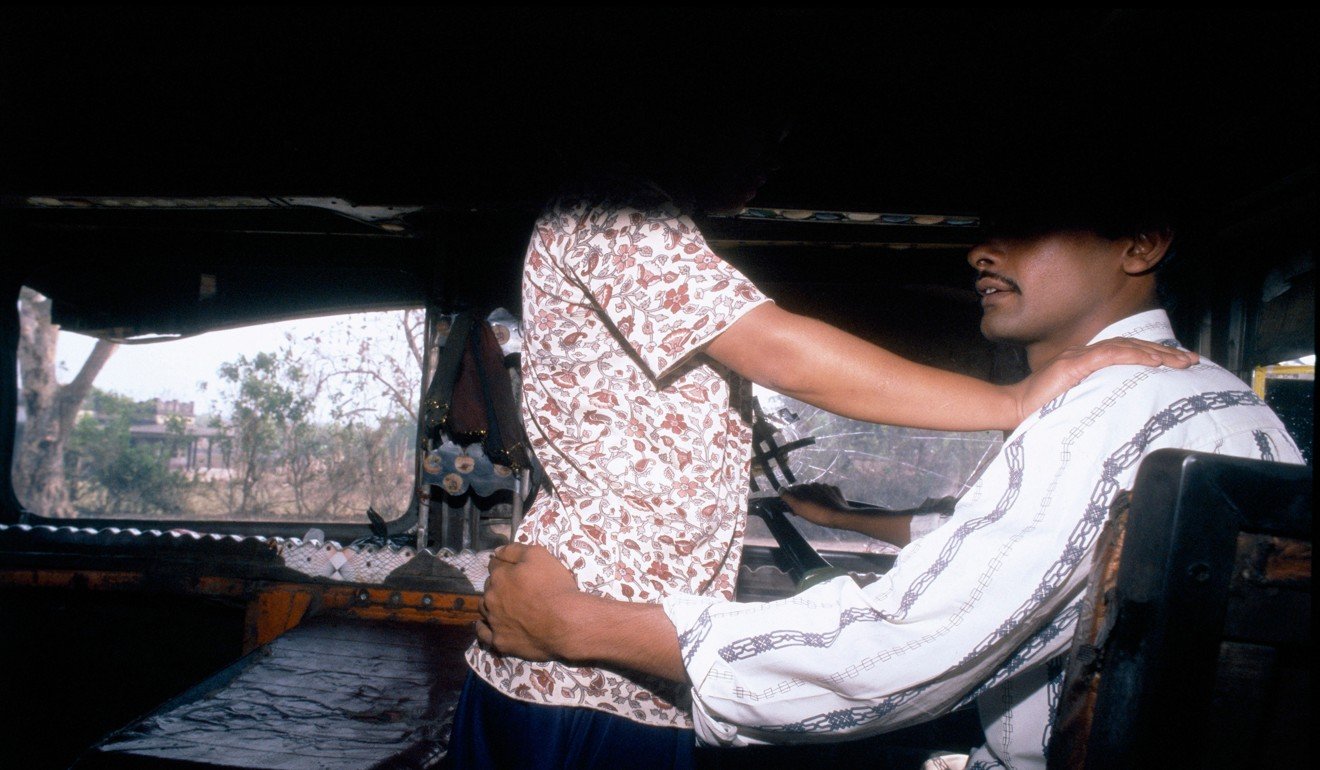
The good, bad and ugly sides to a holiday in Kathmandu, Nepal
- Tourism in the Nepalese capital has bounced back from the devastation of the 2015 earthquake
- Poor air quality often ruins the views of sweeping Himalayan vistas – and don’t get too close to the cheeky monkeys
The Good
Talk about bouncing back. Kathmandu has gone from earthquake-ravaged disaster zone in 2015 to fifth in Lonely Planet’s Top 10 Cities to Visit in 2019. The tourism industry, a huge driver of the Nepalese economy, collapsed along with many of the city’s buildings but has recovered to such an extent that arrivals exceeded the one million mark for the first time in 2018. And the government has designated 2020 as Visit Nepal Year, with the aim of doubling tourist numbers.
Kathmandu reborn: where to stay, eat, drink and hang out in Nepalese capital
The Kathmandu Valley is home to no fewer than seven World Heritage Sites. Until the mid-18th century, the region was divided into three kingdoms: Kathmandu, Patan and Bhaktapur, each with its own durbar, or royal square, complete with palaces, elaborately decorated temples, pagodas and pavilions. Today, colourful festivals take place where kings were once crowned and battles were fought.
To the east of the city, the village of Boudhanath is built around the largest stupa in Asia. Be sure to arrive in “Little Tibet” as early as possible and leave before raucous tour groups drown out chanting monks and the clickety-clack of prayer wheels.
Talking of stupas, hilltop Swayambhunath, aka Monkey Temple, draws pilgrims seeking spiritual merit and camera-toting tourists seeking lofty Kathmandu Valley lookout points.

Kathmandu has been a backpackers’ bottleneck since the 1950s, when overlanding hippies were drawn to the three Ks (Kabul, in Afghanistan, and Kuta Beach, in Bali, being the other two), as much for the cheap weed as any cultural considerations. Most found their way to the Thamel neighbourhood, where the flophouses cost next to nothing and the ganja was plentiful. Kathmandu remains one of the least expensive capital cities in the world and it’s still possible to find sleeping quarters for as little as HK$30.
Thamel is a mash up of rustic curry houses, pizzerias, funky bars, bakeries and ice cream parlours. Scooters splutter past, merchants holler and the whiff of incense mingles with the stench of cow dung. Trekking agencies target new arrivals while returning hikers with aching limbs head to massage parlours.
The 2017 ban on motor vehicles entering some of Thamel’s claustrophobic streets appears to be working and a new citywide law against using vehicle horns is generally being observed – no mean feat in this part of the world.
Hiking the Himalayas: off-season Nepal offers occasional mountain views and lessons with a ‘leechy stick’
In the first quarter of 2018, the number of Chinese tourists arriving in Nepal by air exceeded those coming from India for the first time. Strengthening ties between Beijing and Kathmandu have led to a series of China-backed infrastructure projects and initiatives to win hearts and minds. The mainland’s increasing footprint – it is Nepal’s largest foreign investor – has seen post-earthquake reconstruction partnerships and plans drawn up to extend the Qinghai-Tibet railway through the Himalayas and on to Kathmandu.
The Bad
China’s increasing influence in Nepal has led a number of political commentators to suggest the Himalayan ex-kingdom is succumbing to a soft-power charm offensive and risks falling into a debt trap by borrowing beyond its ability to repay its multimillion-dollar loans. In the short term, however, the money and assistance is welcome.
Kathmandu is getting back on its feet after the earthquake although many of its premier heritage sites remain in various states of disrepair. Restoration work, taking place under Unesco supervision, has been painfully slow – the tourism ministry had to delay its Visit Nepal 2018 campaign until 2020 when it became clear more time would be needed to complete the project.

A shortage of qualified engineers and architects is holding up reconstruction; as have excessive red tape and political bickering. According to Christian Manhart, the Unesco representative to Nepal, instances of poor quality work are the result of “government agencies being required by law to tender projects to the lowest bidding contractors”.
Nevertheless, the race to renovate Kathmandu’s cultural icons remains a priority. This is in stark contrast to impoverished residential neighbourhoods, where there is little evidence of rebuilding. Nearly four years after the quake, many families are still homeless, prompting a series of hand-wringing “where has all the aid money gone” newspaper editorials and reports.
Be sure to huff and puff up the steps to Swayambhunath stupa for the spectacular views – but only on a clear day. Poor air quality and hazy skies are an issue in cities across the Indian subcontinent but are especially problematic in Nepal as tourists visit primarily for its sweeping Himalayan vistas.

Even if you’re lucky enough to be there when visibility is good, you’re sure to be harassed by dozens of monkeys that brazenly snatch food and have been known to bite without provocation. The smell of excrement (monkey, dog and pigeon varieties) further discourages sightseers from lingering and the temple area is strewn with litter.
References to rubbish in Nepal usually relate to waste left by mountaineers during Everest expeditions but things are just as bad in Kathmandu. Rubbish is thrown from the windows of houses and cars, and piles up by the sides of roads. Plastic bags and other debris clog rivers and even rubbish that is properly disposed of doesn’t always make it to the landfill site as the muddy access tracks aren’t fit for purpose. No wonder some call the city “Trashmandu”.
Things are likely to get worse before they get better. With 80 per cent of the population living in rural areas, Nepal is one of the 10 least urbanised countries in the world. It is also, however, one of the 10 fastest urbanising countries.

Online reviewers describe Thamel with pithy one-liners such as “Worst place ever visited” and “Dirty town full of crap copy North Face gear”.
The motor vehicle ban covers only a couple of muddy side streets while elsewhere pedestrians still need to keep an eye out for speeding motorists. And don’t rely on the pavements for refuge; in Thamel there aren’t any.

The Ugly
In November 2018, police rescued at least 35 underage girls from dance bars in Thamel, where they were working as dancers and waitresses. The girls, aged between 15 and 17, came from poor economic backgrounds in districts badly affected by the 2015 earthquake.
Getting there: Cathay Pacific and Nepal Airlines fly direct from Hong Kong to Kathmandu.

